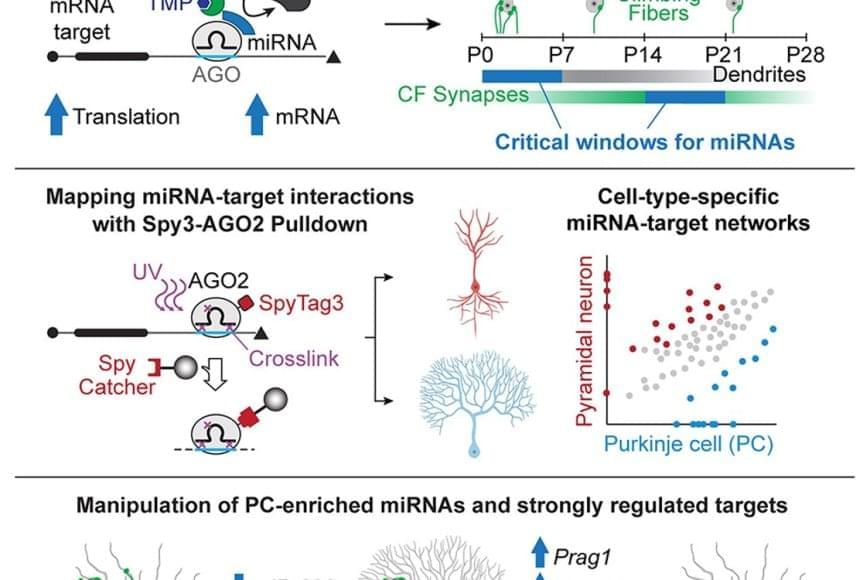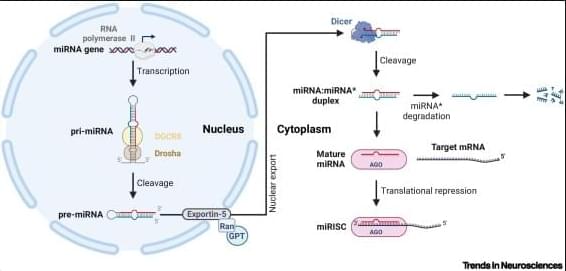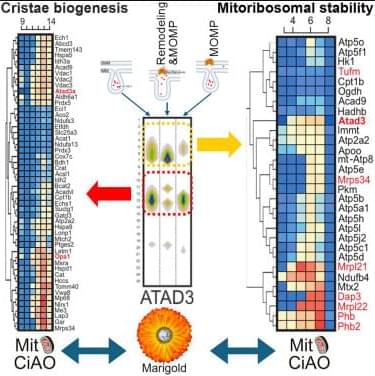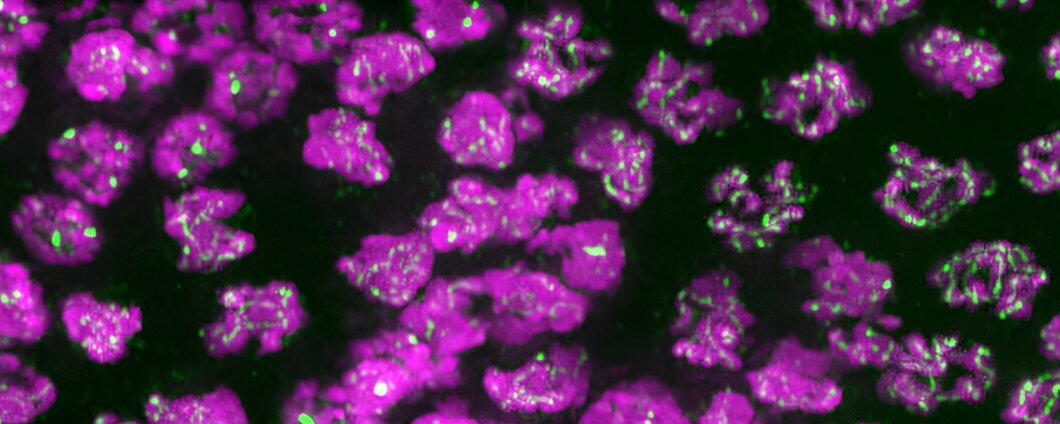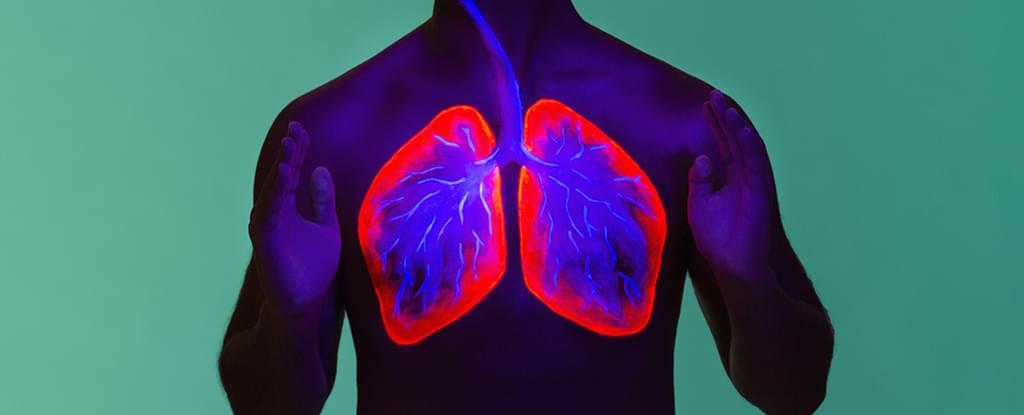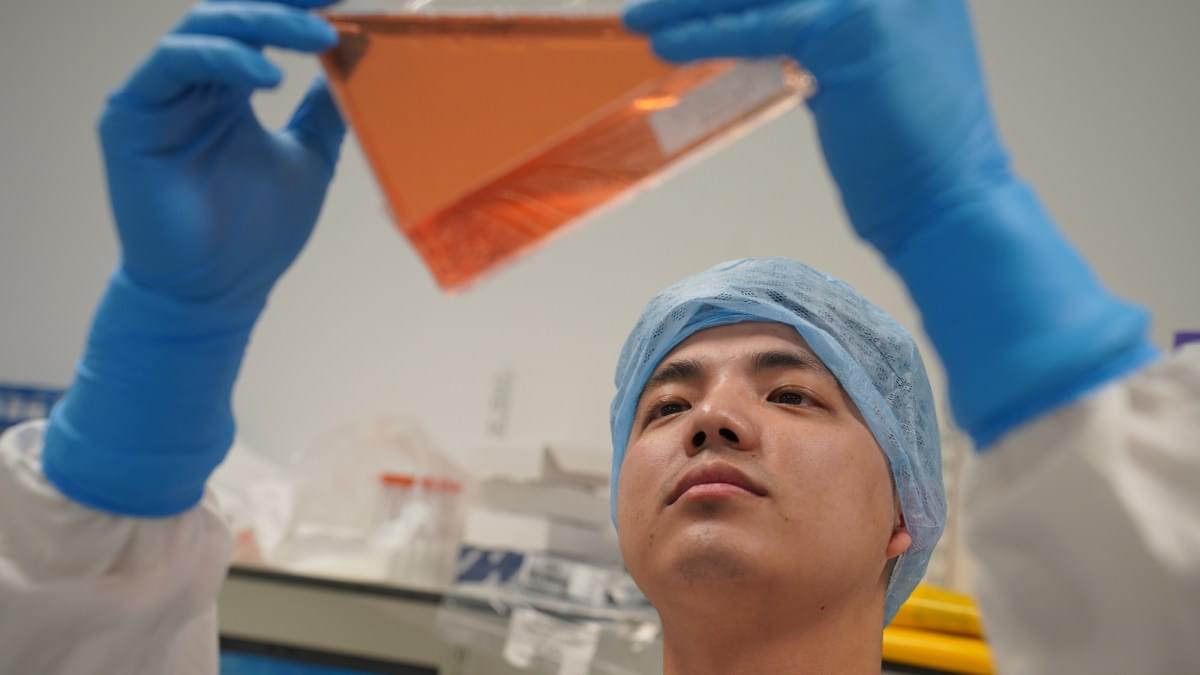Wearables such as smartwatches, fitness trackers, or data glasses have become an integral part of our everyday lives. They record health data, monitor your sleep, or calculate your calorie consumption. Researchers from Karlsruhe Institute of Technology (KIT) have developed the open-source platform “OpenEarable.” It integrates a multitude of sensors into wireless earphones with the aim to enhance health measurements and safety applications in medicine, industry, and everyday life. The scientists are currently presenting their platform at Hannover Messe from March 31 to April 4.
Wearable technologies have made significant progress in recent years, but many of the existing systems are either proprietary, i.e. not customizable by others, or their measurement capabilities are limited. With OpenEarable 2.0, a research team headed by Dr. Tobias Röddiger from KIT’s TECO research group moves one step further: The open-source platform for ear-based sensor applications enables developers to create customized software. With a unique combination of sensors, more than 30 physiological parameters can be measured directly at the ear – from heart rate and breathing patterns to fatigue and body temperature. “Our aim was to create an open and high-precision solution for health monitoring that goes far beyond what is possible with today’s commercial wearables,” says Röddiger. “OpenEarable 2.0 provides a platform for researchers and developers that is easily customizable and scalable. This allows them to program the earphones individually for specific requirements.

